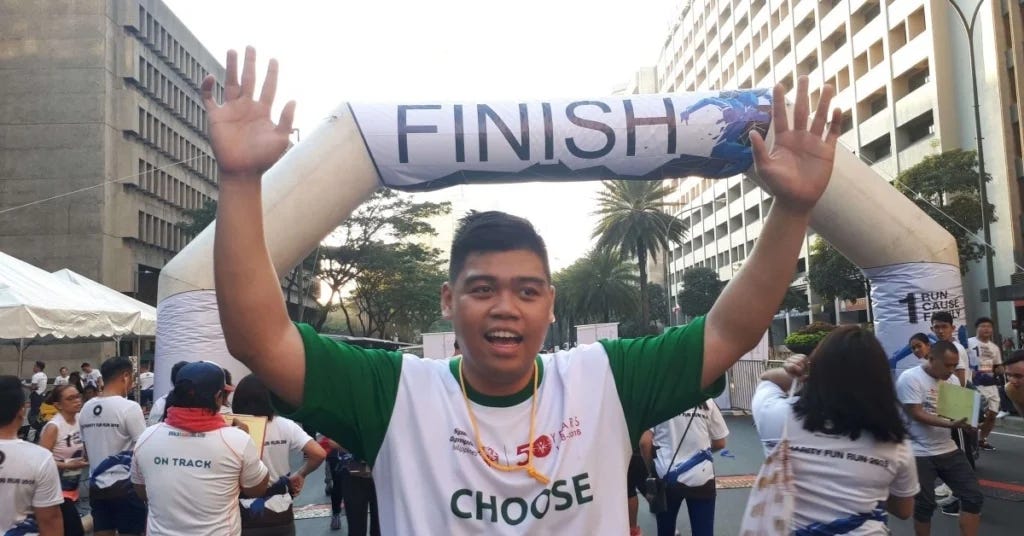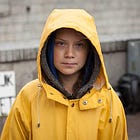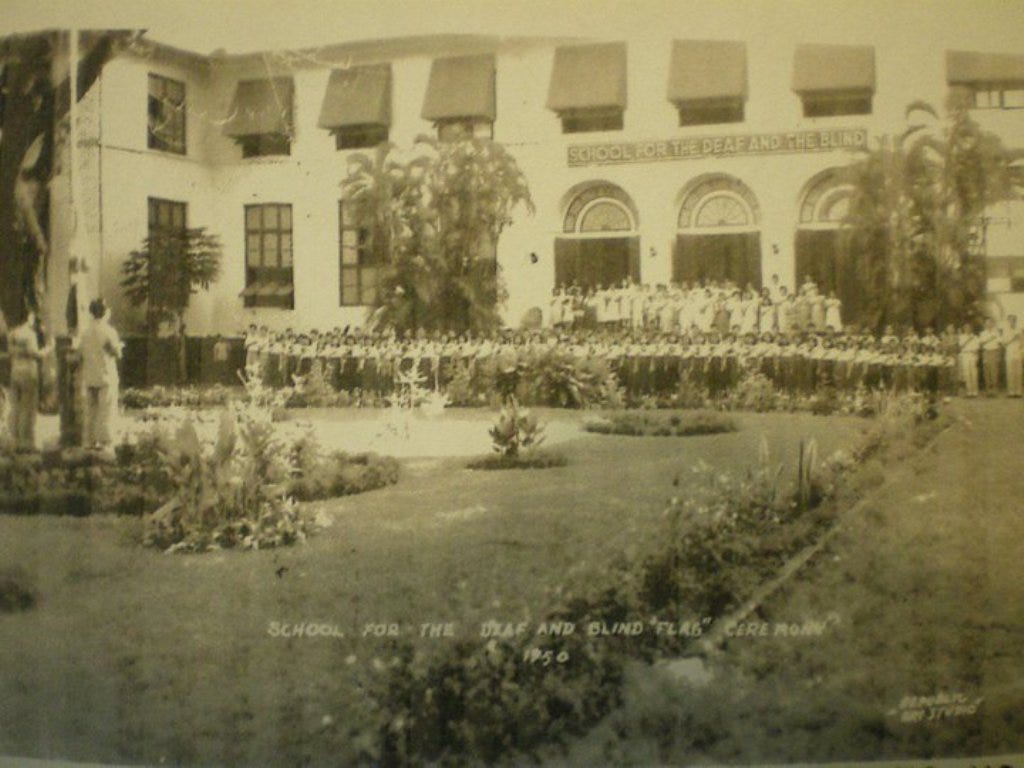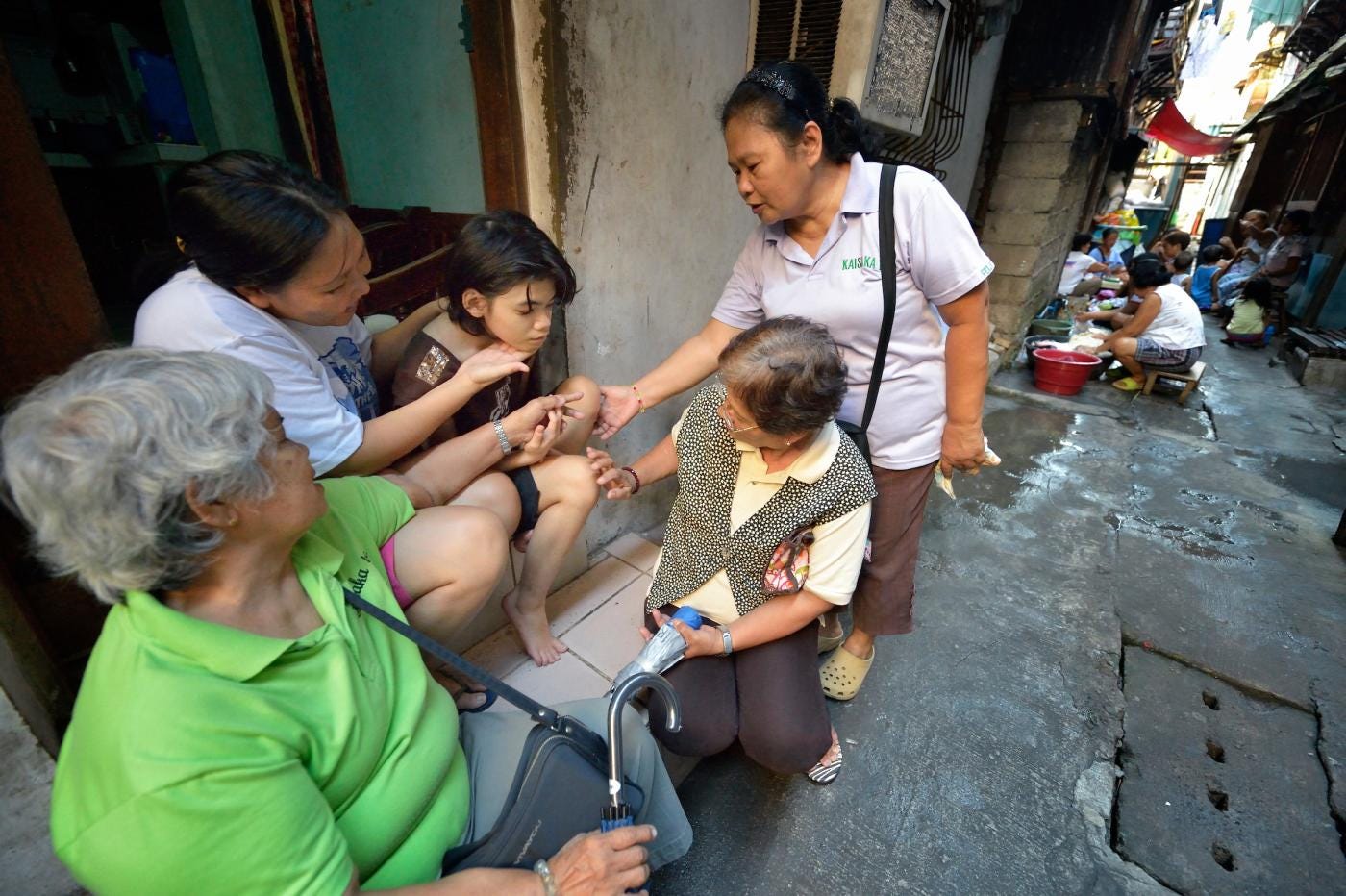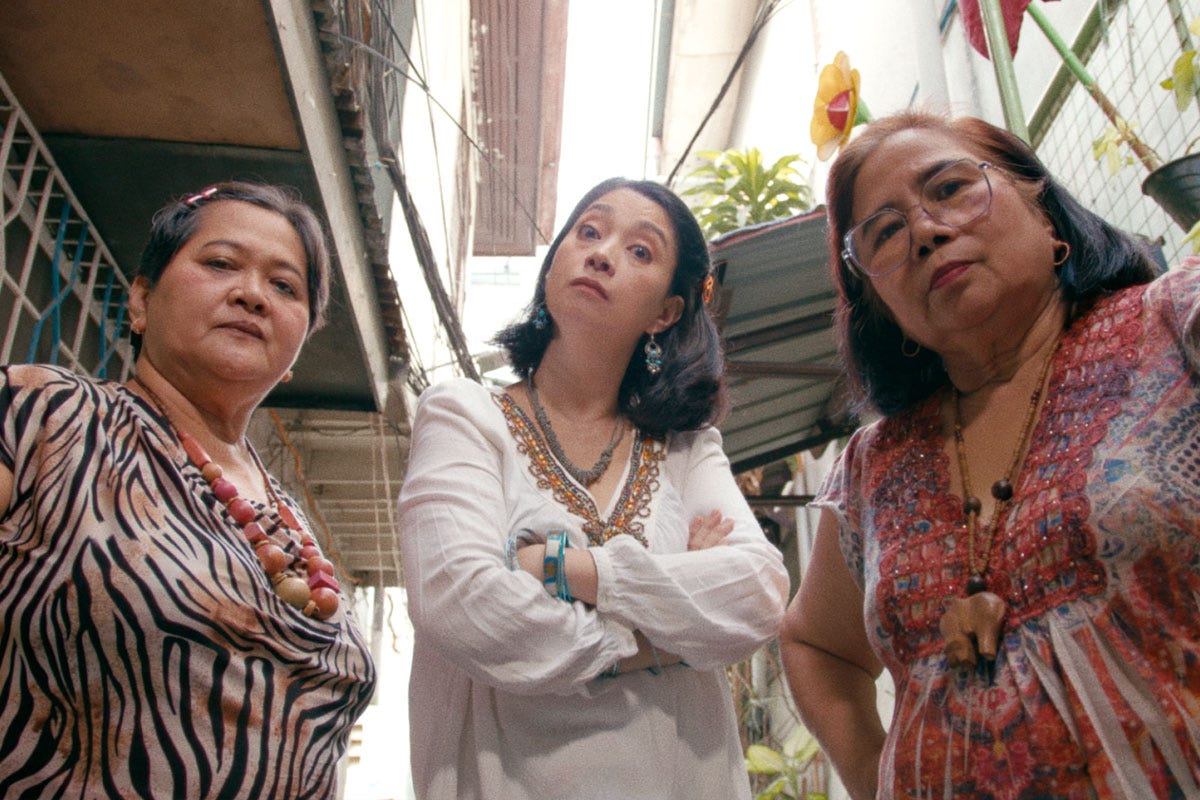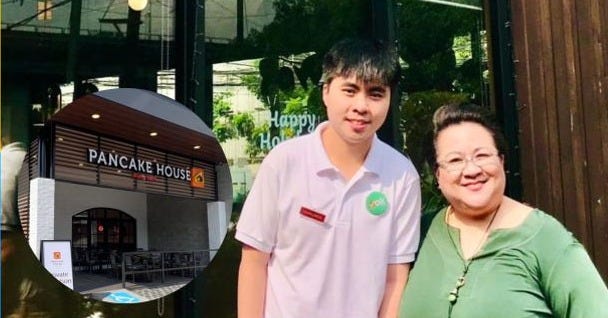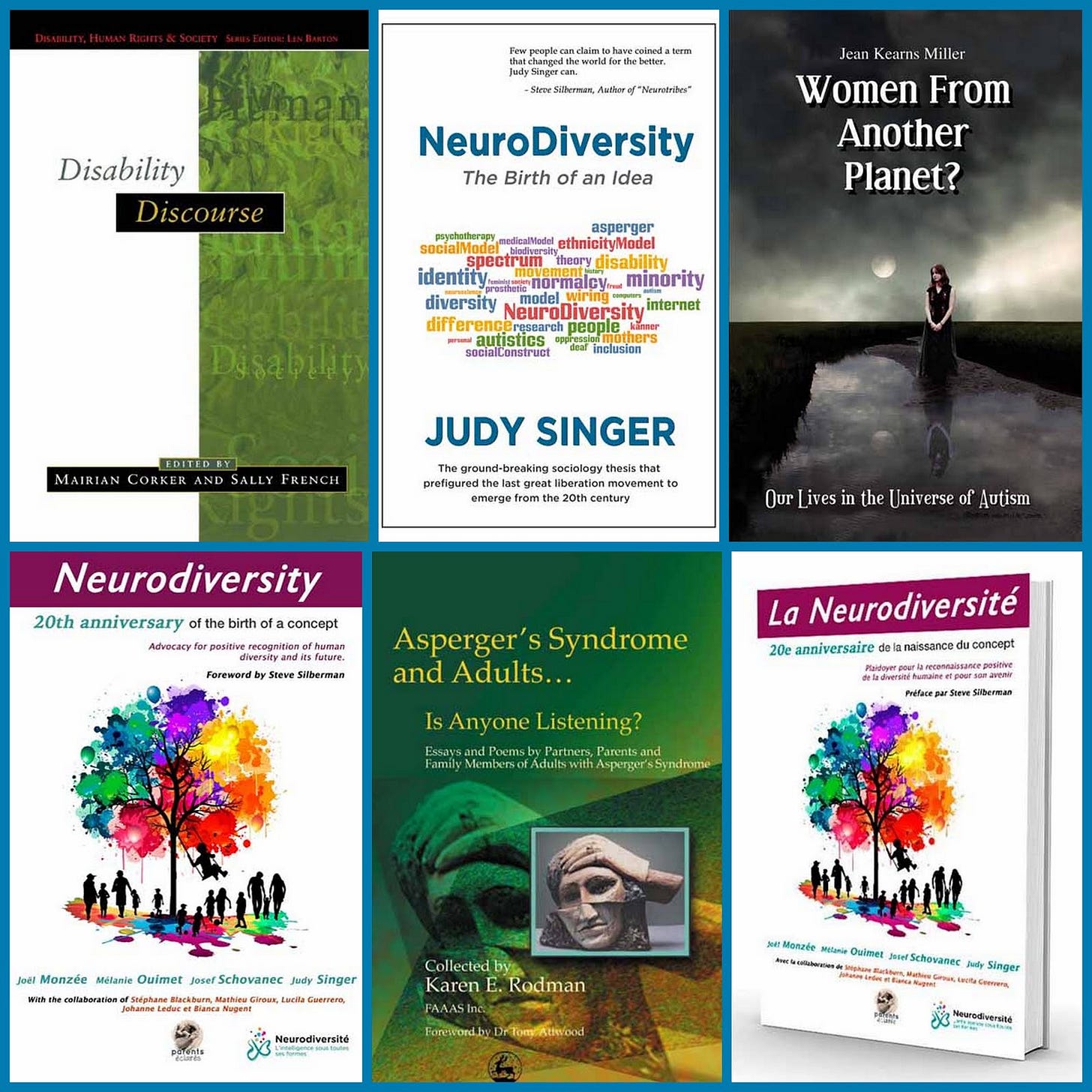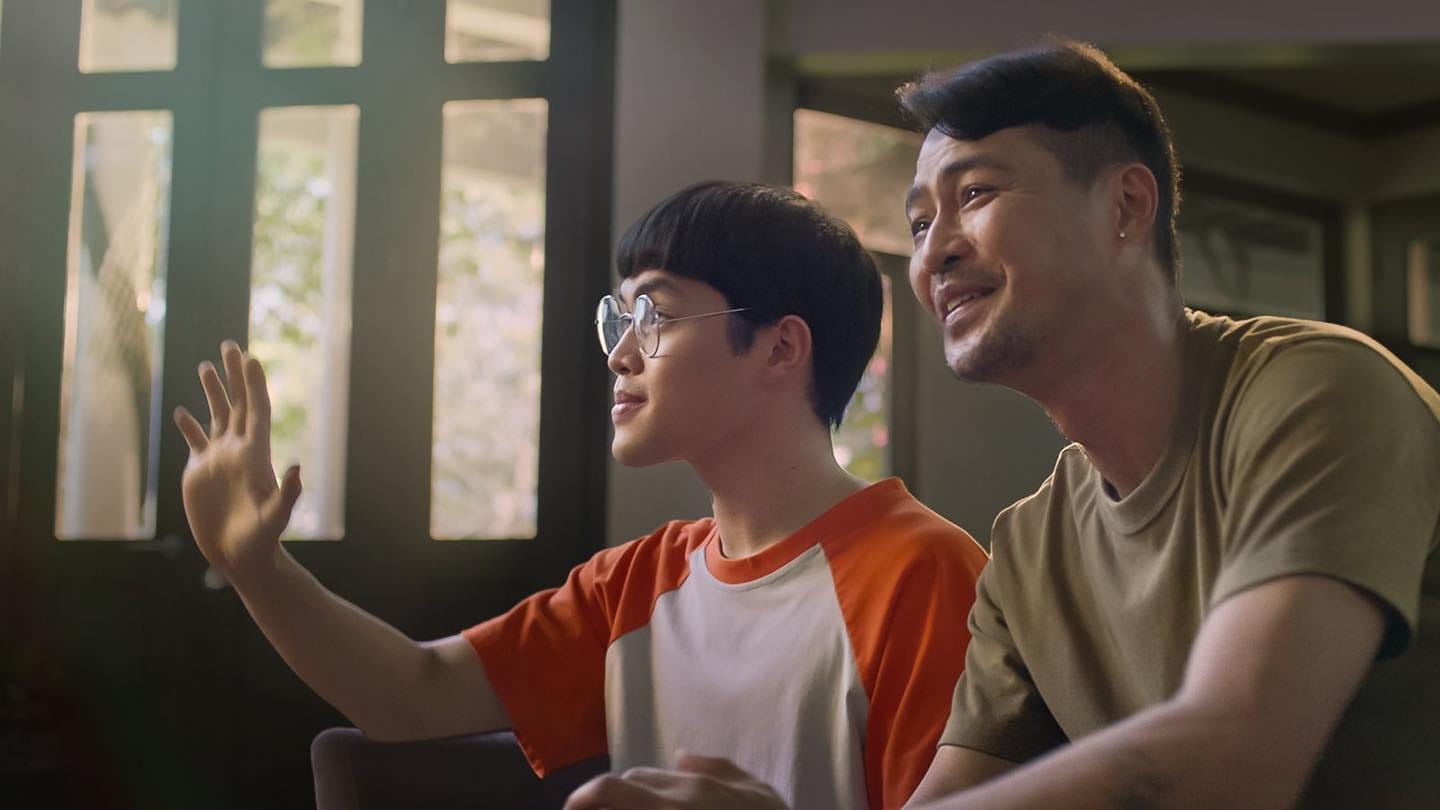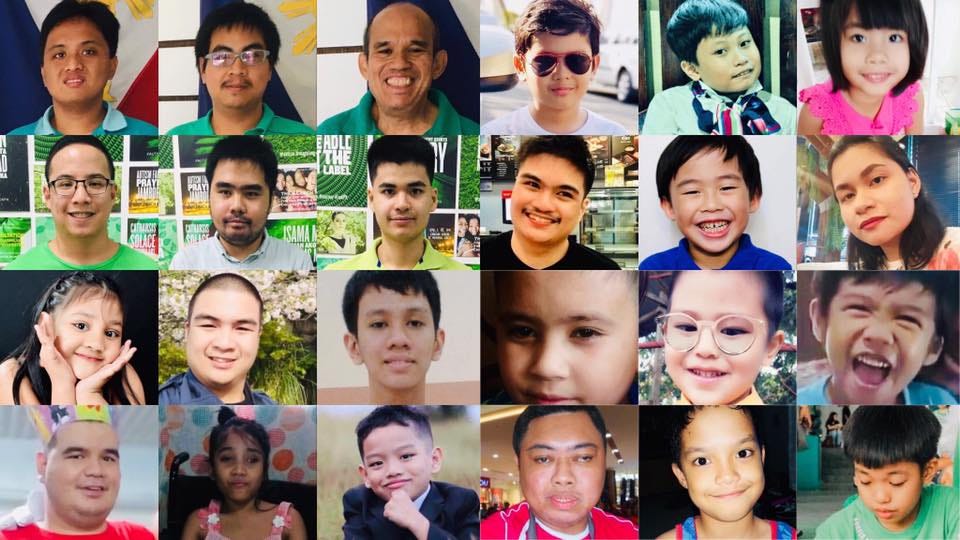Filipinos on the Spectrum: Dealing and Living with Autism in the Philippines
For autistic individuals and their loved ones, Filipino culture can offer significant challenges, but also opportunities for reform.
When it comes to discussing autism and what’s been called “neurodiversity,” there is a seeming treasure trove of material available. Yet whether it’s newspaper headlines, social media, or YouTube, one is more likely to find such cases from the First World. While this inevitably means that the experiences from Anglophone countries like the United States tend to get much more visibility. With the rough, complicated predicament faced there, as seen in the contrasting cases of James Damore and Greta Thunberg, this can be particularly troublesome when trying to assess those on the spectrum from developing nations, where the burden is significantly more pronounced. Look no further than the Philippines to see that in action. Thus, for autistic individuals and their loved ones, Filipino culture offers significant challenges, but also opportunities for reform that may be helpful elsewhere.
According to Atty. Gilberto Lauengco, J.D. in a March 2023 Philippine News Agency op-ed, it’s estimated that anywhere between 1 in 500 to 1 in 100 Filipinos (approximately 1.2 million people) are classified as autistic. Getting more accurate statistics, however, easier said than done due to “underreporting, misdiagnosis or a general lack of sufficient programs to measure.” This sentiment is echoed by Dr. Alexis Reyes, a developmental-behavioral pediatrician, retired Associate Professor in Pediatrics and (since 2016) Director of the Center for Autism and Developmental Medicine at St. Luke’s Medical Center. As she remarked in a May 2024 correspondence, any information given “will probably reflect a minority and not the majority of individuals seen”, skewing to the more affluent as a result. While it’d be reasonable to assume that proper diagnosis “may yield a clinical profile similar to our western/First World counterparts” – with a broad range, from high-functioning cases to those visibly disabled – the real challenge would be in proper intervention.
While the issue has been touched upon within the halls of government for years, it was not until recently that the need for intervening had been highlighted specifically on a national scale. On July 14, 2022, Sen. Juan Miguel Zubiri filed Senate Bill No. 611, calling for the need for a national “Center for Autism” to address the rise in reported cases in the country, which a followed a few days later by Sen. Raffy Tulfo’s Senate Bill No. 752 proposing a “national care plan” specifically geared towards autistic individuals. These were echoed the following year by Sen. Joseph Victor Ejercito following his filing of Senate Bill No. 2026. Amidst such calls, a recurring pattern is a tendency towards alarmism and fear, over something that few in power seemed to have little understanding of. This is not to say there weren’t any efforts to help Filipinos with such conditions in the past, however muddled, nor that they’re ignored nowadays. Having also encountered them personally over the years, it’s clear that there is a oft-ignored story, one in which its protagonists deserve better.
A History of Autism and Special Education
The Philippine experience is tied in some form or another with the history of the Special Education (SPED) initiative. While the latter began during the American Period, with the establishment of the Philippine School for the Deaf by anthropologist David Barrows in 1907, it initially didn’t factor in those with autism, let alone mental disabilities in general. For decades, the only visible concession towards basic care for such children was “Unit C” of the Welfareville Compound (set up in 1917) in what’s now Mandaluyong City, Metro Manila, which by 1963 was moved south to modern-day Alabang as Elsie Gaches Village. It wasn’t until 1962, when the St. Joseph Cupertino School for the Mentally Retarded was founded in Quezon City – later known as the “Cupertino Center for Special Children,” until it quietly closed sometime before 2020 – that a private institution was dedicated towards teaching autistic youths, with more emerging in subsequent years.
In addition to government-backed projects becoming more organized, beginning with the establishment of a training regimen for “teachers of special and exceptional children” through Republic Act No. 5250 in 1968, there were also civil society initiatives to address the issue, with varying degrees of success. Among the more notable examples is Autism Society Philippines (ASP), which since its founding in 1989 has been proactive in both spreading awareness but also setting up various programs ranging from therapy to employment support. By the time Republic Act No. 7277, also known as the “Magna Carta for Disabled Persons,” was passed in 1992, there was enough momentum that lasting progress seemed just around the corner, with then-President Fidel Ramos even signing off on an annual “Autism Consciousness Week” in 1996 (held every third week of January). Yet despite such efforts, and subsequent public grandstanding about representation in subsequent decades, the status quo has remained relatively persistent. So, what happened?
As Dr. Reyes observed, many of those initiatives had either remained undocumented or otherwise slipped under the public radar. Barring the likes of ASP, there’s little real attention paid to what would become of children on the spectrum once they graduate until the 2010s, as if their condition is something most of them would grow out of. The truncated funding allocated by the Department of Education towards SPED in the national budget (approximately 0.8% for 2024) after being folded into its “Inclusive Education Program” – the prior year, red tape had reportedly resulted in none set aside specifically towards it at all – likewise clashes with claims of ensuring that no one is left behind. While not to the level of being seen as witchcraft and divine punishment, as has been observed by the UK-based Institute of Development Studies in parts of Africa, it nonetheless reflects a pervasive “disability stigma,” conflating autism with either retardation, a shameful affliction, or at best a crippling weirdness to be pitied.
The continued persistence of such sentiment in various forms persists in part as a result of being lumped in alongside other disabilities. As broad-reaching as the “Magna Carta for Disabled Persons” was, there was little mention of autism or other conditions outside of variations of “mental impairment.” Indeed, prior to the Senate filings in 2022 and 2023, any references to them were sporadic at best in official documentation. Moreover, despite the passing of anti-bullying legislation and expansion of disability rights since the late 2000s, enforcement has proven inconsistent in practice. While there are lessons to be taken from all this, which Dr. Reyes surmised as useful for “any task force of willing and expert volunteers” seeking to spearhead future programs, it would be folly to simply focus on such top-down approaches.
The Social Factor
The hindrances faced by those with autism aren’t simply a matter of government policy or insufficient private efforts, with some pinning the blame on Filipinos themselves. A common truism in the Philippines is how outgoing, extroverted its people’s culture can be, transcending class and regional lines. This is often summed up by the word pakikisama (“to get along”), which places a strong emphasis on socialization and being part of a wider community. Whether in gatherings among family members, workplace relationships among co-workers, or within social circles in general, it has become ubiquitous to the point of being perceived as not only a virtue, but a necessity. If Japanese psychologist Isamu Saito’s 2010 study suggests anything, it has gone so far as contribute to social cohesion and nation-building, at least in its positive aspects.
In its more negative manifestations, on the other hand, this can translate into individuals facing greater peer pressure or feeling forced to meet unspoken rules and expectations that they’re supposed to know by heart, lest they be seen as “anti-social.” Recurring observations among more introverted Filipinos, meanwhile, keep bringing up how this extends to having to navigate through these on a nigh-daily basis. As Philippine Daily Inquirer columnist Gail Aranas remarked in a 2017 opinion piece, those very norms have fostered a conformity that sidelines those who can’t keep up the act convincingly enough. Even the idea of simply preferring to be alone still tends to be looked down upon, if not outright stigmatized by some among older generations as abnormal. Such issues are exasperated for people on the spectrum, for whom trying to mask their predicament in public is almost a necessity. Once terms like weirdo, retard, “mongoloid” and abnoy (euphemistic slang for mental retardation) are thrown, they’re hard to shrug off.
The penchant for gossip to the point of being almost second-nature doesn’t help either. Commonly known as either tsismis (derived from the Spanish chismes) or more recently “Marites culture” (comparable to the “Karen” stereotype in the Anglophone West), there’s a widespread tendency among Filipinos to either talk about what other people are doing or talk behind their backs, an age-long trend amplified by social media. While this has historically helped in disseminating information and establishing connections among communities, it can also be malicious, potentially spreading slander and outright lies about individuals. Though by no means culturally exclusive – echoing how autistic Americans in the past experienced bullying, and apathy, to their plight – the fear that even the smallest things which could be construed as weird or offensive could risk spiraling out of control, is only further amplified. More so when that can mean being quietly if not outright ostracized by peers, employers or even family members.
These disability stigmas are also reflected, albeit inadvertently, in local media. One example was the 1989 film Bondying: The Little Big Boy (based on the late cartoonist Mars Ravelo’s comic strip about an inept yet lovable manchild), in which much of the humor involved what were perceived as abnormal, be it an interest in toys, games, or other things not befitting a proper adult. While not aimed at those on the spectrum, it unintentionally helped propagate the image of them as gullible and immature. Meanwhile, as recently as 2019, the soap opera My Special Tatay (focusing on a father with mild autism) became the subject of controversy despite the showrunners’ sympathetic intentions when the then-viral “Boyet Challenge” was used to not only mock the titular protagonist for being retarded, but also anyone else who seemed to fit the stereotype. While little has survived online (many originally hosted on platforms like Vine and Facebook), it had gotten severe enough to draw the attention of then-opposition figure Sen. Leila de Lima, who called it “discrimination of the defenseless.”
That isn’t to say that there has been no meaningful progress since the Magna Carta for Disabled Persons. In contrast to how discussions around autism no longer required hushed “permission” to voice them out in at least some corners of polite society, Dr. Reyes remarked how “lifestyle changes, changes in the XYZ generations as well as the evolving political climate” have guaranteed a different pace in appreciating those who are “neuroatypical.” Having encountered them as churchgoers, classmates, carpoolers, and therapy patients over the years, I’ve also witnessed that shift play out, however gradually. There is certainly more “acceptance” within Filipino culture nowadays, be it special programs in schools, more public recognition from local conglomerates like SM Corporation, or “inclusive workplace” partnerships between ASP and the local food industry which tout ability over charity.
Old habits die hard, however. As much as society has grown more “forgiving” towards those who don’t conform or are more introverted by inclination, this remains superficial at best. Implementing existing laws and private programs, in practice, is much more easily said than done given the nigh-endemic issues of graft and corruption, with Sen. Sherwin Gatchalian lamenting in February 2023 how the country still ranks high in bullying across all levels of education. Combined with ASP’s attempts to dissuade people from making jokes about autism coming across more like misplaced blaming at the wider public than a sustainable campaign, a more mature, proactive stance has sadly yet to evolve.
Where Next?
Given the circumstances faced by those with autism in the Philippines, it’s worth asking: Where next? Much as in the West, answering those questions is a challenge in itself.
Among those with autism and their supporters is the recurring quandary of conformity versus staying true to themselves, further amplified by Filipinos’ pakikisama and tsismis tendencies. Addressing this, Dr. Reyes mused, may involve offering greater access to “empowered” educational facilities, as well as “providing equity and not equality in the employment environment.” Existing inclusive workplace initiatives aside, it’s not hard to see how appealing the idea of radically broadening those efforts may be. On the other hand, such projects would have to tread carefully, lest they undermine the idea of meritocracy or being treated fairly like everyone else. Meanwhile, attempts at playing into identity politics, much as in First World nations like Australia, bring their own risks. Given Western “neurodiversity” activists’ tendency towards self-diagnosis and politicization at the expense of clinical study, those who don’t fit their paradigm, and others incapable of functioning independently, this could inadvertently foster confusion, if not resentment among the rest of society.
Perhaps the answer lies in more positive role models and portrayals in media. As early as 1991, the film Ipagpatawad Mo (a romantic drama about a married couple’s struggles with their first child having autism) received accolades for touching upon such a sensitive subject in a manner that’s informative to parents and doctors alike, a far-cry from the comedic manbaby in Bondying. 2019’s Unforgettable, however, took it a step further by having a more grown-up autistic protagonist making her way through life as the focal point of a simple yet heartwarming movie, in the process showing a heroine as relatable as anyone. The 2023 Netflix original Keys to the Heart (a local adaptation of a South Korean movie of the same name), meanwhile, not only tackled the same motifs as 32 years earlier in a more respectful light, but also explored other positive aspects of Filipino culture – such as the idea of fostering familial and communal bonds, no matter how dysfunctional things might seem – that can help both in raising questions and casting those stigmas aside.
Dr. Reyes agreed, with particular emphasis on how lasting change may come from closer to home. “Families today and those I have encountered in the past few years seem to have gained from the experience of those who I have seen three decades ago,” she said, noting that “they are more empowered and have learned to be more discerning.” It calls to mind old therapy sessions which I had been allowed to observe, with recurring comments of not only supportive parents but also a greater willingness among high-functioning persons to find a middle-ground in navigating through the minefield that’s wider Filipino society. With more young professionals becoming proactive in expanding their work in the field to cover as many families as possible to better inform policy-making, the hope is that this would only grow more pronounced with time, with the more positive, communal aspects of pakikisama and tsismis taking care of the rest.
How long that might take remains to be seen. After all, it took decades of hard work in the West for those on the spectrum to not only be recognized but be treated fairly. If those hard-won successes are precarious at best in the developed world despite that, what more for the Philippines? There will certainly be more difficulties ahead, be it from ignorance, negligence or malice. Much has yet to be understood regarding autism itself, with changes happening on an almost daily basis in the world of behavioral studies. That said, while the notion of autistic Filipinos publicly calling themselves such may still be a bridge too far, the mere fact that they’re not alone and that there’s growing acceptance towards them are steps in the right direction, however small, which may help in other countries. Whatever comes next, it’ll be certainly be interesting to see with my own eyes.




